This article was co-authored by David Nazarian, MD. Dr. David Nazarian is a board certified Internal Medicine Physician and the Owner of My Concierge MD, a medical practice in Beverly Hills California, specializing in concierge medicine, executive health and integrative medicine. Dr. Nazarian specializes in comprehensive physical examinations, IV Vitamin therapies, hormone replacement therapy, weight loss, platelet rich plasma therapies. He has over 16 years of medical training and facilitation and is a Diplomate of the American Board of Internal Medicine. He completed his B.S. in Psychology and Biology from the University of California, Los Angeles, his M.D. from the Sackler School of Medicine, and a residency at Huntington Memorial Hospital, an affiliate of the University of Southern California.
This article has been viewed 37,669 times.
Before their period, many people experience PMS symptoms such as bloating, cramps, fatigue, breast tenderness and/or low back pain. These symptoms are caused by fluctuating levels of estrogen and progesterone in the body. Progesterone cream can provide relief for those who experience PMS symptoms as this cream raises the level of progesterone in the body, thus balancing the hormones.
Steps
Applying the Cream
-
1Determine whether you need to raise your progesterone levels. There are several signs you should watch out for that indicate that your progesterone levels are low. Whenever progesterone is low, you will experience worsened symptoms of PMS such as bloating, cramping, fatigue, breast tenderness, and lower back pain.[1]
-
2Undergo a progesterone serum test. If you're not sure whether you're experiencing PMS symptoms, you can undergo this blood test to get an accurate measurement of progesterone levels in your body. To perform this test, a sample of your blood is taken and tested. Normal progesterone levels are as follows:
- Pre-ovulation: less than 1 ng/mL (nanogram per milliliter)
- Mid-cycle: 5 to 20 ng/mL[2]
Advertisement -
3Purchase a progesterone cream. Progesterone cream is available in local pharmacies and health food stores.
-
4Apply the cream approximately 14 days before or after menstruation starts. You don’t need to apply the cream during menstruation, as PMS symptoms tend to subside once your period starts.
- Additionally, once you start your period, progesterone levels in the body tend to rise to normal levels. Therefore, you should stop applying the cream during this time to avoid having excess progesterone in the body.
-
5Apply the cream twice a day, in a circular motion. Apply between 1/8 and 1/4 of a teaspoon of the cream twice daily - once in the morning and once in the afternoon. This is enough to achieve normal levels of progesterone in the body. [3]
-
6Apply the cream to thin-skinned areas. You should apply the progesterone cream to a single area of skin, where blood vessels are close to the surface. Since progesterone cream is fat-soluble, it is easily absorbed through the skin and blood vessels.
- Examples of appropriate areas include: breasts, chest, neck, palm of the hands, inner arm, and face.
- You should apply the cream to these areas on a rotating basis to prevent the skin from becoming irritated following repeated application of the cream.
-
7Recognize the possible side effects when using progesterone cream. Side effects caused by progesterone cream rarely occur. However, in rare cases, using the cream excessively can produce side effects such as headaches, drowsiness, nausea and breast pain.[4]
- Remember that the goal of using progesterone cream is to balance the hormones, not to raise the amount of progesterone in the body to abnormally high levels. Therefore, to avoid negative side effects, you should only apply the recommended amount of cream.
- Another side effect of this cream is skin irritation brought on by repetitive application on the same area of skin, however this symptom can be managed by applying the cream to a different area of skin each day.
-
8Know when to seek medical help. If symptoms persists or become worse, seek medical help. Symptoms such as excessive sleepiness, severe nausea, persistent breast pain, or persistent skin irritation should not be ignored, so seek medical help right away.
Understanding the Link Between Progesterone and PMS
-
1Recognize the symptoms of PMS. PMS occurs due to a hormonal imbalance in the body which affects your physical and mental health. PMS symptoms become most pronounced when progesterone levels decrease and estrogen levels increase after ovulation. PMS may present as a variety of symptoms:
- You may feel depressed, anxious or aggressive when suffering from PMS. You may experience changes in your appetite and hunger levels. You may suffer from insomnia or difficulty sleeping, resulting in poor concentration levels at work or school.
- In terms of physical symptoms, you may experience headaches, abdominal cramping, bloating, constipation and/or diarrhea. You may develop acne, itchy skin or eczema. You may also suffer from joint pain and weight gain due to fluid retention.
-
2Be aware of what progesterone is used for. Progesterone is needed for the synthesis of other hormones in the body, such as testosterone, cortisol, and aldosterone. When progesterone levels decrease, the production of these other hormones also decreases, leading to hormonal imbalances within the body. These hormonal imbalance
-
3Understand how progesterone helps to ease symptom of PMS. Progesterone has a direct connection with the neurotransmitters in the brain. Therefore, progesterone cream is most effective for treating the mental symptoms of PMS.
- Progesterone cream works on the central nervous system to improve cognitive function. It also works as mood stabilizer.
- Progesterone cream also has capability to restrict the inflammation or swelling associated with PMS, as it decreases the accumulation of water or fluid in the extracellular space.
- Progesterone also works as a pain reliever and muscle relaxant. It therefore helps to relieve stomach cramps, as it decreases the painful contractions of the uterus.
-
4Understand the other possible causes of low progesterone levels. Aside from PMS, there are a couple of other possible causes of low progesterone levels, which may result in PSM-like symptoms. These are:
- Stress: Emotional and physical stress converts progesterone into cortisol, which causes a deficiency of the hormone and the appearance of PMS-like symptoms.
- Hypothyroidism: This condition alters the synthesis of progesterone and its secretion into the blood, causing a deficiency.
References
- ↑ https://www.healthywomen.org/your-health/low-progesterone-symptoms
- ↑ http://www.nlm.nih.gov/medlineplus/ency/article/003714.htm
- ↑ http://www.icnr.com/articles/natural-progesterone.html
- ↑ https://flo.health/menstrual-cycle/health/symptoms-and-diseases/progesterone-cream-guide
- Ford O et al, Progesterone for premenstrual syndrome. Cochrane Database Syst Rev. 2012 Mar 14; 3:CD003415. Doi: 10.1002/14651858.CD003415.pub4.
- Brown I, O'Brien PMS, Marjoribanks I, Wyatt K. Selective serotonin reuptake inhibitors for premenstrual syndrome. Cochrane Database Syst Rev. 2009; 2:CD001396.


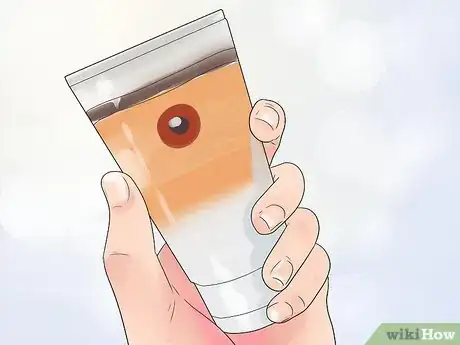

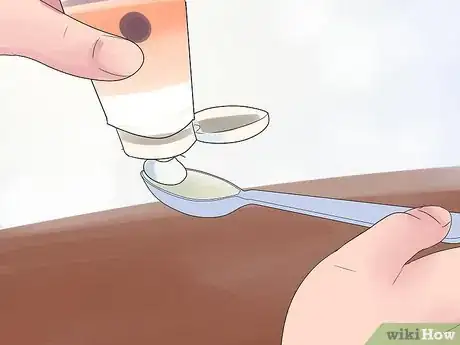





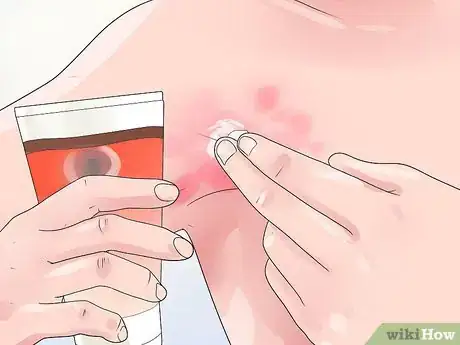

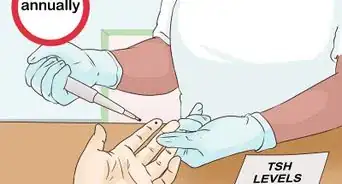











-Step-12-Version-2.webp)









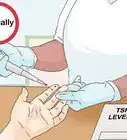







































Medical Disclaimer
The content of this article is not intended to be a substitute for professional medical advice, examination, diagnosis, or treatment. You should always contact your doctor or other qualified healthcare professional before starting, changing, or stopping any kind of health treatment.
Read More...